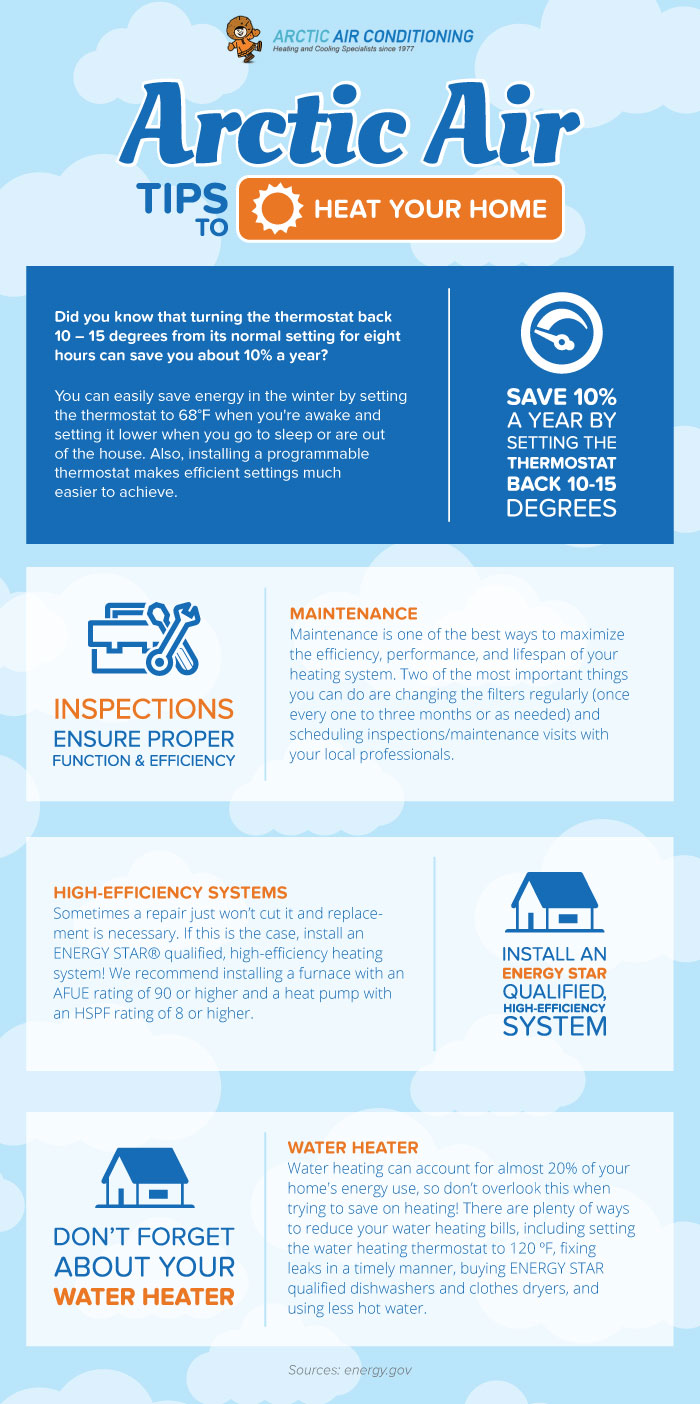The Ultimate Overview To Recognizing Warm Pumps - How Do They Work?
The Ultimate Overview To Recognizing Warm Pumps - How Do They Work?
Blog Article
Short Article By-Whitfield Bland
The most effective heat pumps can conserve you considerable quantities of money on energy costs. They can also help in reducing greenhouse gas emissions, especially if you utilize power in place of fossil fuels like lp and home heating oil or electric-resistance furnaces.
Heatpump work very much the like ac unit do. This makes them a practical choice to typical electric home heating systems.
How They Function
Heatpump cool down homes in the summer season and, with a little assistance from electrical power or gas, they offer a few of your home's heating in the winter. mouse click for source 're a great option for individuals who want to minimize their use fossil fuels but aren't all set to replace their existing heater and air conditioning system.
They rely upon the physical fact that even in air that appears too chilly, there's still energy existing: cozy air is always relocating, and it wishes to move right into cooler, lower-pressure atmospheres like your home.
Many ENERGY STAR accredited heatpump operate at near their heating or cooling capability throughout the majority of the year, lessening on/off biking and conserving energy. For the best efficiency, concentrate on systems with a high SEER and HSPF ranking.
The Compressor
The heart of the heatpump is the compressor, which is likewise referred to as an air compressor. This mechanical flowing device uses potential power from power development to enhance the pressure of a gas by decreasing its volume. It is various from a pump in that it just works on gases and can't work with fluids, as pumps do.
Atmospheric air goes into the compressor via an inlet valve. It travels around vane-mounted arms with self-adjusting size that split the interior of the compressor, producing numerous dental caries of differing size. The rotor's spin forces these cavities to move in and out of phase with each other, compressing the air.
The compressor reels in the low-temperature, high-pressure refrigerant vapor from the evaporator and compresses it into the warm, pressurized state of a gas. heat pump installers palmerston north is duplicated as required to supply heating or air conditioning as needed. The compressor likewise consists of a desuperheater coil that reuses the waste warm and adds superheat to the refrigerant, changing it from its fluid to vapor state.
The Evaporator
The evaporator in heat pumps does the same thing as it carries out in refrigerators and air conditioning unit, transforming fluid cooling agent into a gaseous vapor that eliminates heat from the area. Heatpump systems would not work without this crucial tool.
This part of the system is located inside your home or structure in an indoor air trainer, which can be either a ducted or ductless device. It consists of an evaporator coil and the compressor that presses the low-pressure vapor from the evaporator to high pressure gas.
Heat pumps absorb ambient warm from the air, and afterwards utilize electrical power to transfer that warmth to a home or organization in home heating mode. That makes them a lot a lot more energy effective than electrical heating units or heating systems, and due to the fact that they're using clean electrical energy from the grid (and not melting fuel), they also generate far fewer emissions. That's why heatpump are such excellent ecological choices. (In addition to a huge reason that they're coming to be so popular.).
The Thermostat.
Heatpump are fantastic options for homes in chilly climates, and you can utilize them in combination with conventional duct-based systems and even go ductless. They're an excellent different to fossil fuel furnace or conventional electric heaters, and they're more sustainable than oil, gas or nuclear a/c tools.
Your thermostat is one of the most crucial component of your heat pump system, and it functions extremely differently than a standard thermostat. All mechanical thermostats (all non-electronic ones) work by using materials that alter dimension with increasing temperature, like curled bimetallic strips or the increasing wax in an automobile radiator valve.
These strips include two different sorts of metal, and they're bolted together to develop a bridge that completes an electric circuit connected to your heating and cooling system. As the strip obtains warmer, one side of the bridge increases faster than the other, which triggers it to bend and signal that the heater is required. When the heatpump is in home heating mode, the turning around shutoff turns around the circulation of refrigerant, to ensure that the outside coil currently functions as an evaporator and the indoor cyndrical tube becomes a condenser.